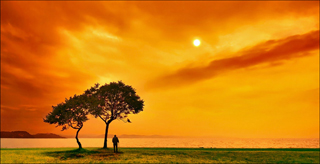
Long exposure photography is one of the coolest ways of taking pictures. It requires a longer shutter speed, anywhere from 1/2 sec up to several minutes or even a hour.
The ability to take long exposures requires a user to use a tripod for optimum results (of course, some people prefer the hand shake look). The use of a tripod is essential because the inability for the human hand to stay still is truly remarkable. No matter how good you get, it will be very hard to hand hold a 1 second shutter release without very noticeable blur. As well as a tripod (or monopod in some cases could work), a photographer should make use of the timed shutter release. This will allow the user to set the shot up, and set a timer to release the shutter. Most cameras have the option of one or more timed shutter releases, for example my Canon 40D has a 2 second and 10 second wait. I usually use the 2 second release as this gives you just enough time to get your hands off the camera to not bump the shot. This is even more important on longer shutter times.
Having a longer shutter speed of a few seconds allows the camera to take in more light to the sensor (or film for the film buffs). This means that the camera can read more “data” from the scene and gather more detail in a low light condition, creating some truly remarkable results as you will see below.
As well as low light conditions, a slow shutter speed allows for creative uses of motion in photographs. Some very cool portraits can be taken using a slower shutter speed, for example someone riding by on a bike creates a blur of the background and the bike, but could create a detailed portrait of the rider’s face if you follow the action. The same goes for a moving car, a fast shutter will catch a car in the exact instance, it could look like it’s not even moving (even at 200 mph with a fast lense). But using a slower shutter and following the path of the car could create a remarkable sense of speed that is tough to mimic and master.
Enjoy the great examples below and get out their and experiment with your camera taking long exposures.
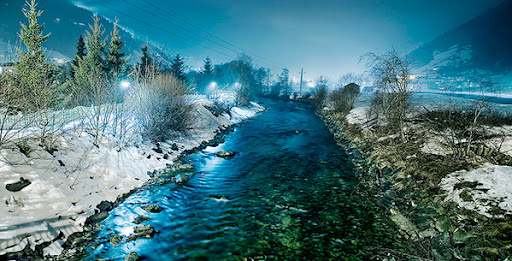
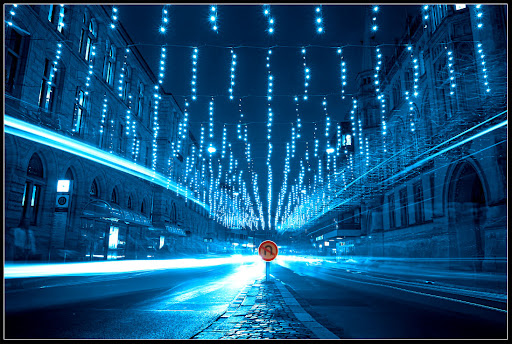
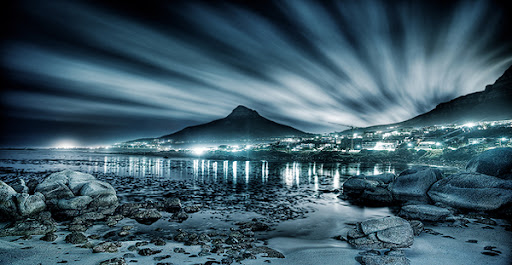
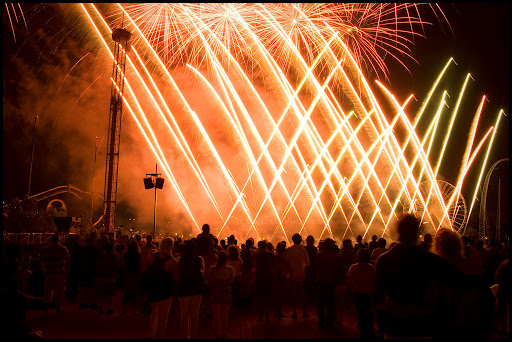

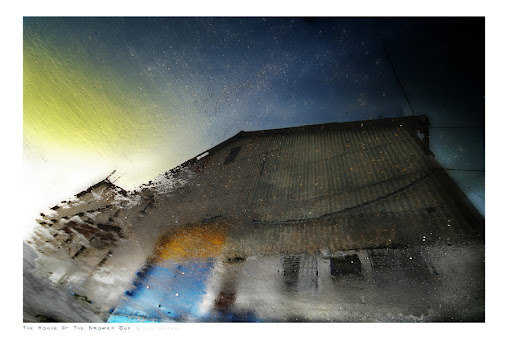
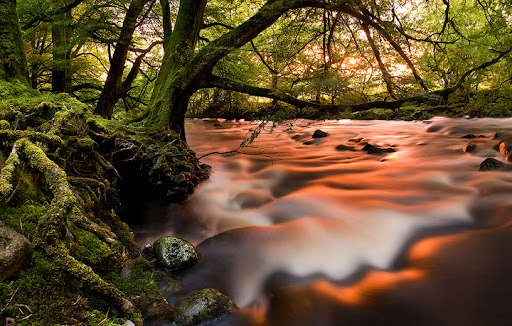
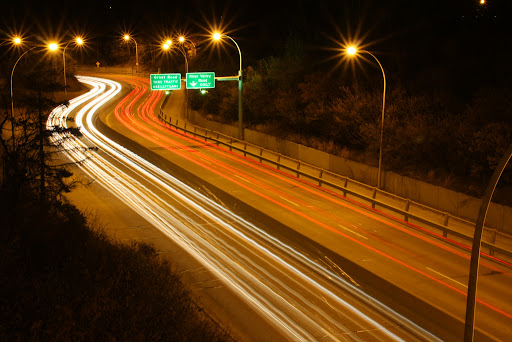
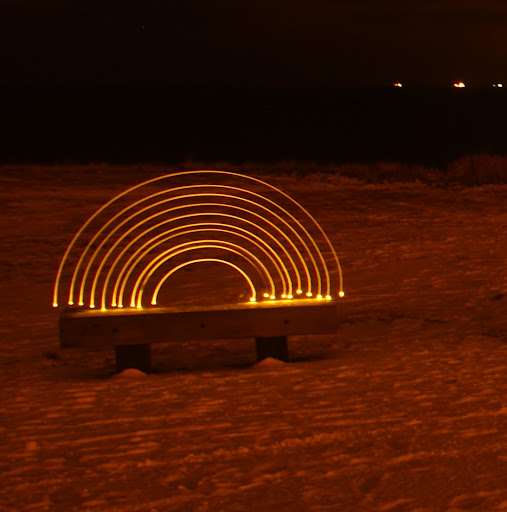
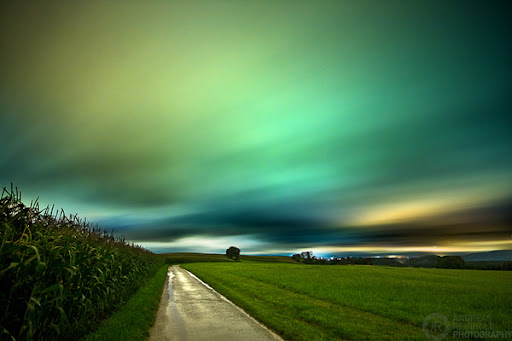
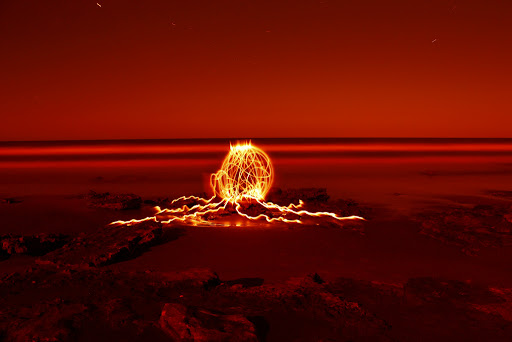
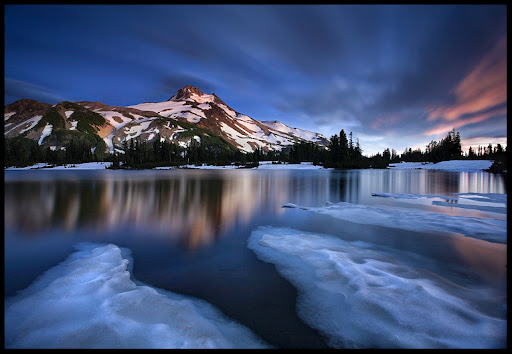
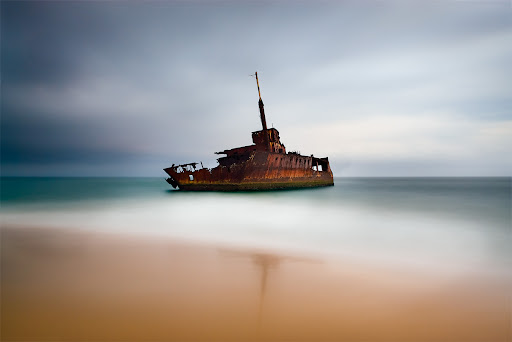
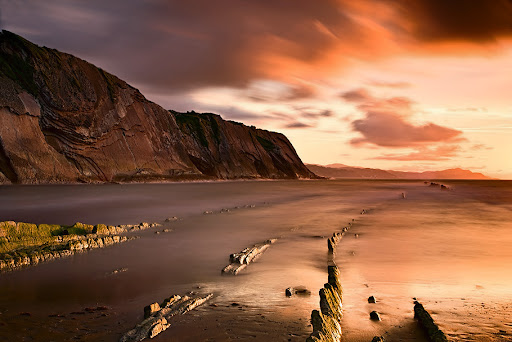
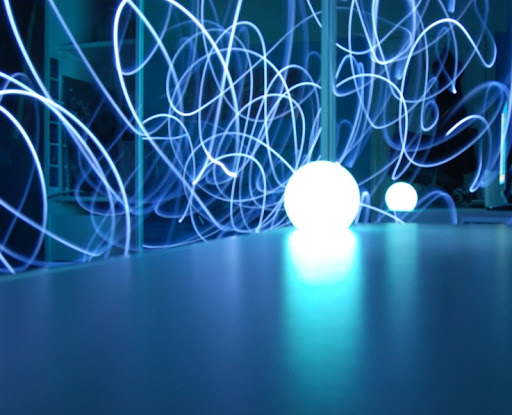
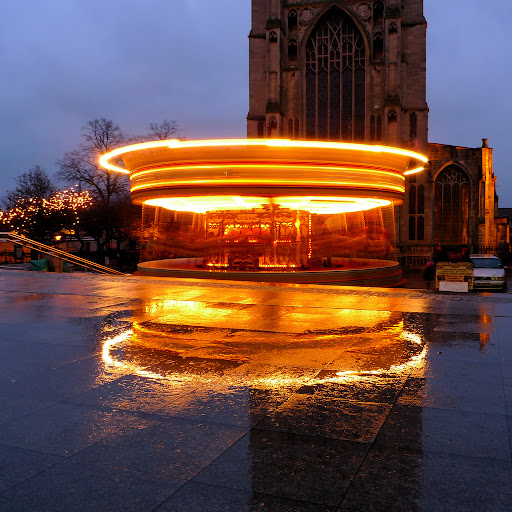

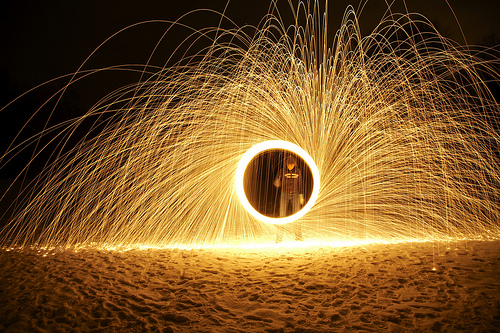
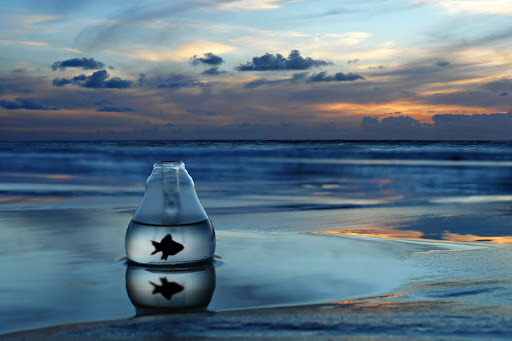
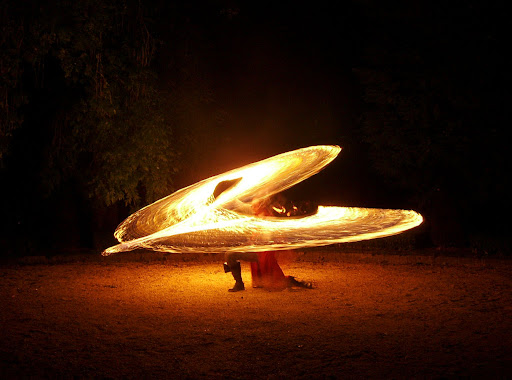
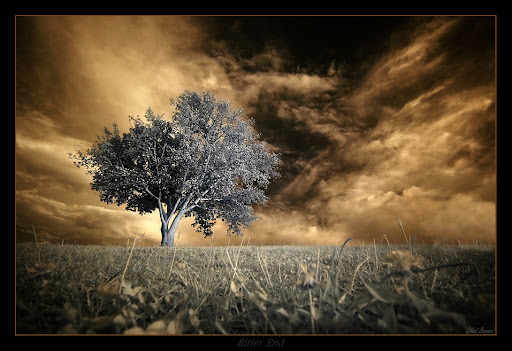
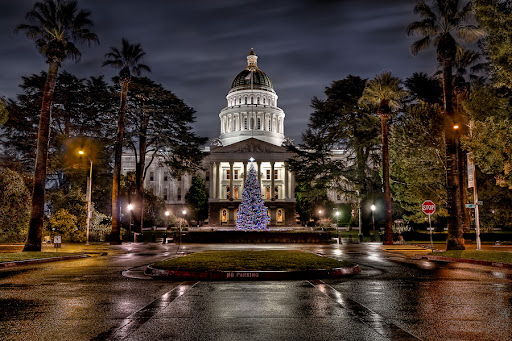
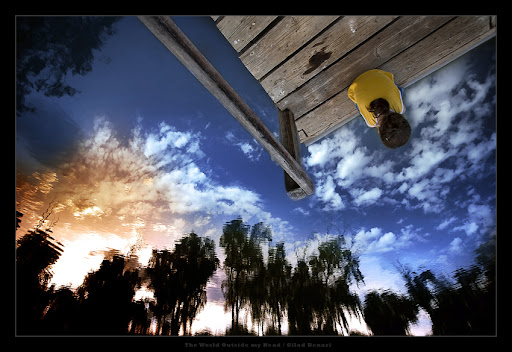
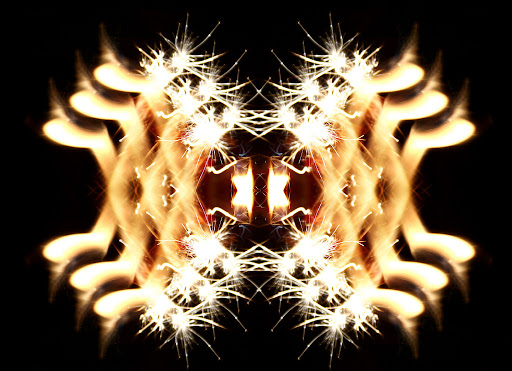
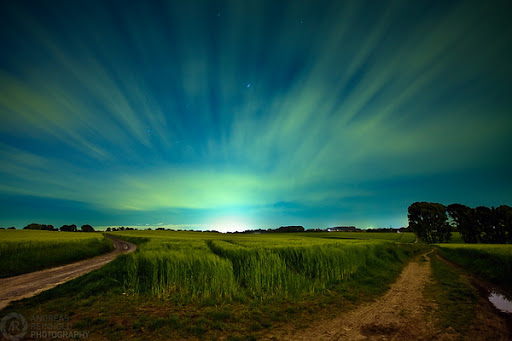
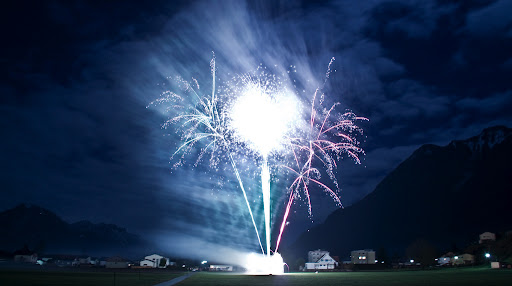
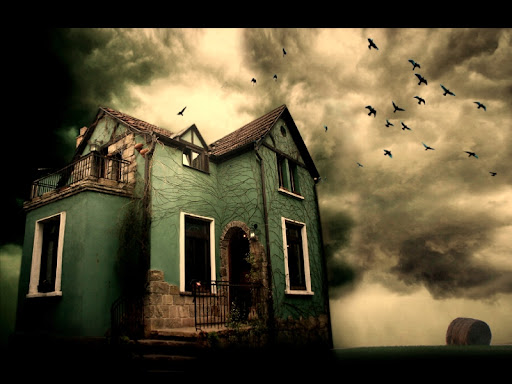
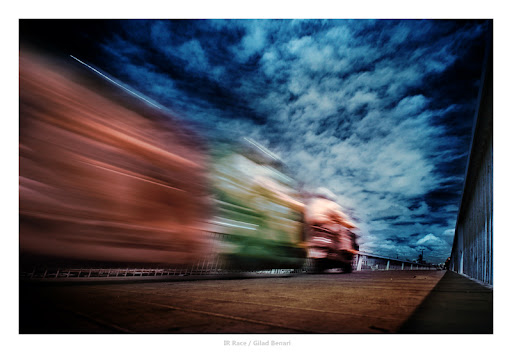
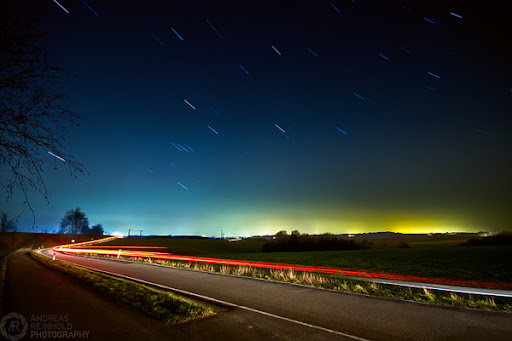
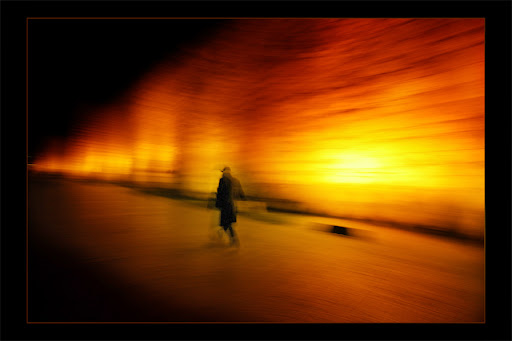

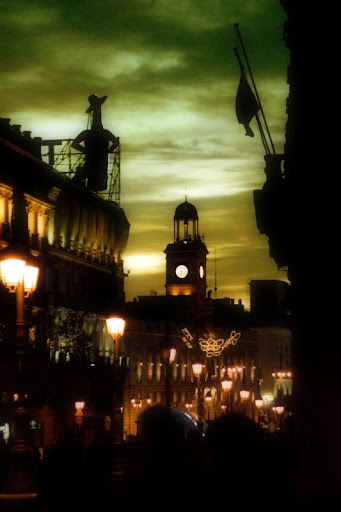
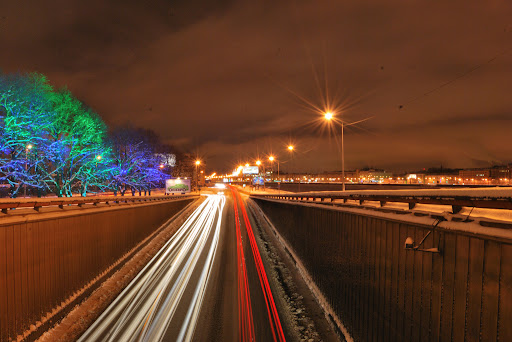

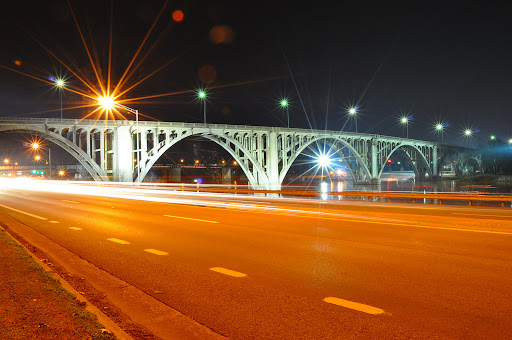
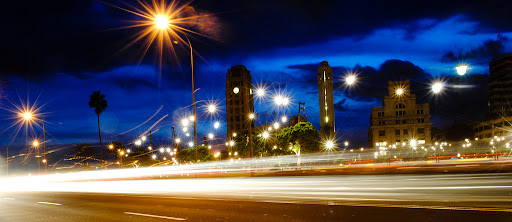
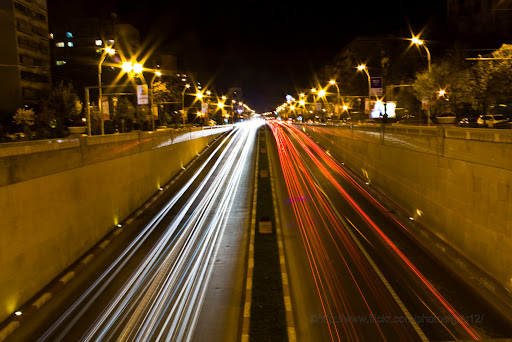

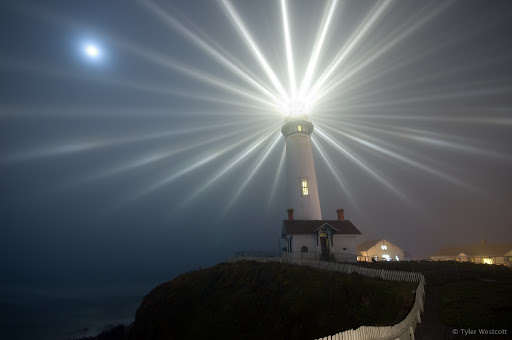
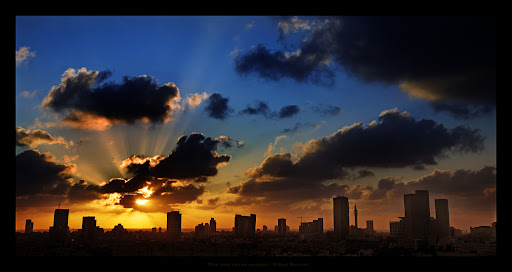
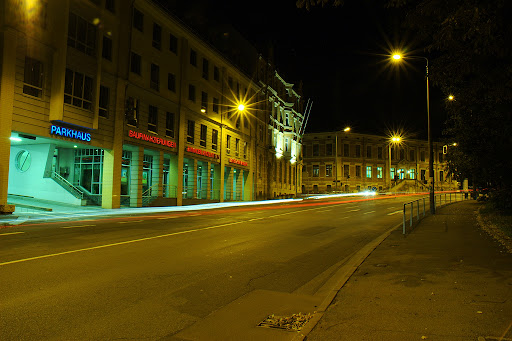
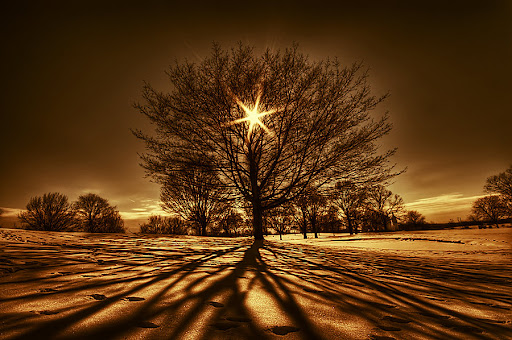
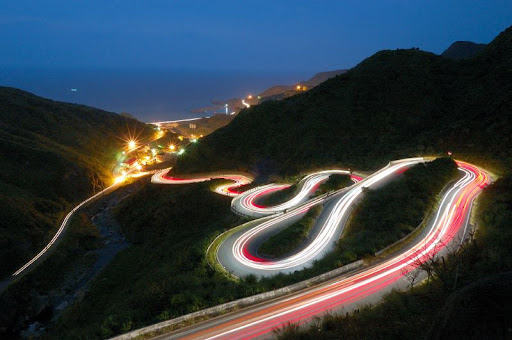
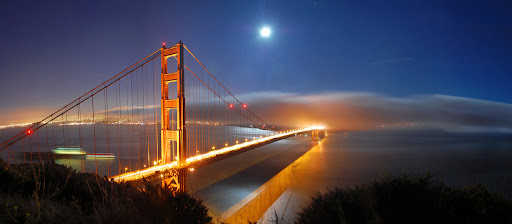
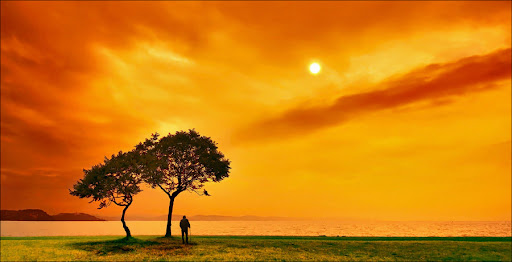
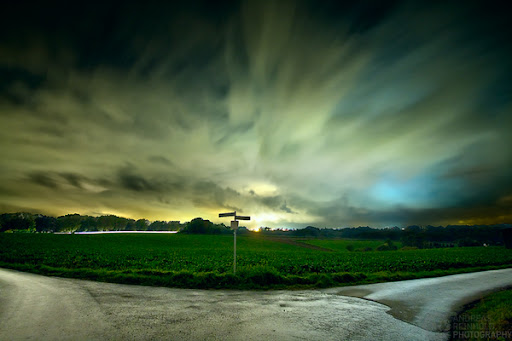
Reader suggested Long exposure Photographs
I would like to add some of the best long exposure photographs suggested by my readers here. So that this post will remain alive for a long time. Will update this post regularly !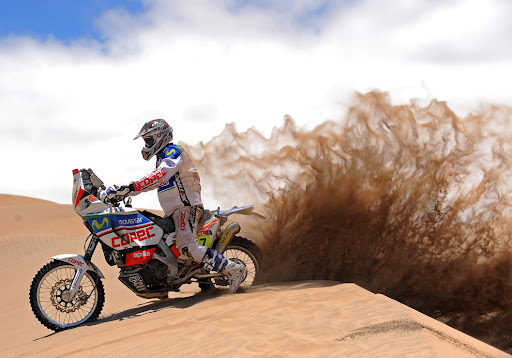




No comments:
Post a Comment